Mammalia

Arctic Fox
Vulpes lagopus

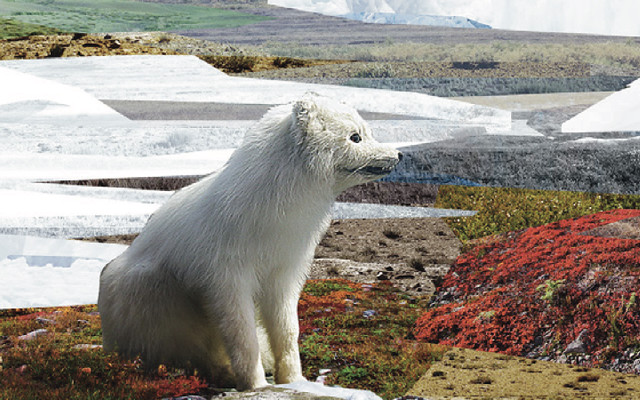
7 POINTS
PLAY: Move of 2. If the card is put next to a Northern collared lemming, add one extra point.
FACT: Arctic foxes are monogamous when they raise their cubs. The cubs are kept in underground caves. They build up their fat reserves in the autumn and can increase their weight up to 50%.

Reindeer
Rangifer tarandus

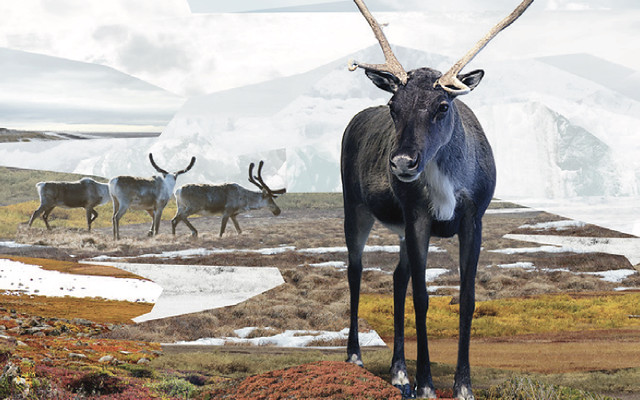
4 POINTS
PLAY: Move of 2.
FACT: Reindeers live in herds of up to several thousand animals. The first humans in Denmark followed reindeer from the south and were highly dependent on them for food and materials.

Straight-Tusked Elephant
Palaeoloxodon antiquus

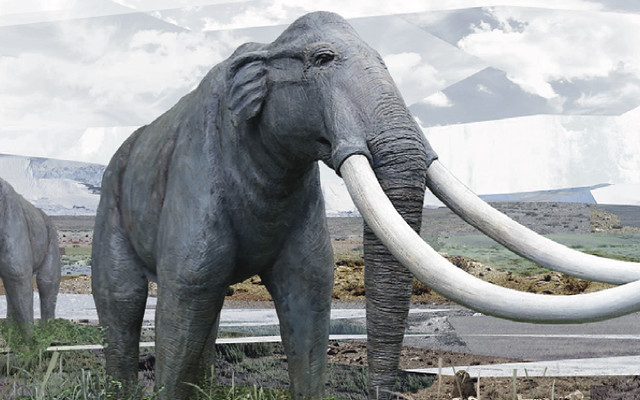
EXTINCT | 5 POINTS
PLAY: Move of 1
FACT: The straight-tusked elephant is closely related to the existing African forest elephant. It had up to three meters long tusks. It spread from Central and Southern Europe to the north in the warmer periods.

Aurochs
Bos primigenius

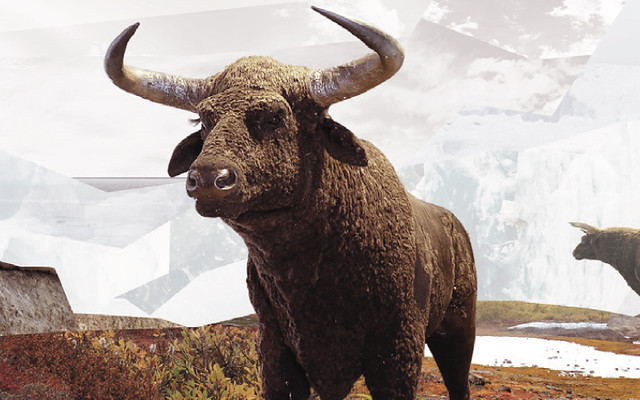
EXTINCT | 5 POINTS
PLAY: Move of 1
FACT: The aurochs are the ancestor of domestic cattle. The aurochs were an important but dangerous prey species for the hunters of the Mesolithic period. The 80 cm long and forward-curving horns of the bulls and their large body made them a dangerous opponent.

Irish Elk
Megaloceros giganteus latidens

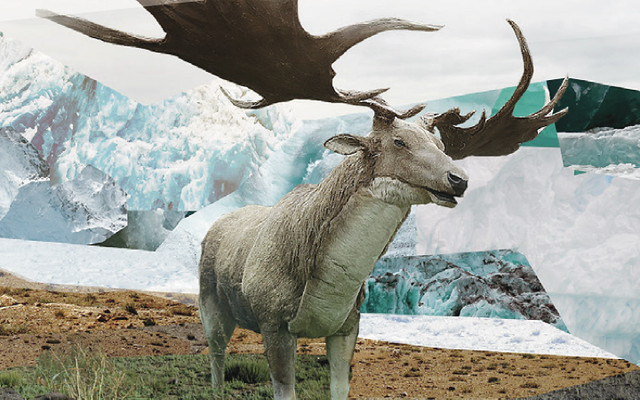
EXTINCT | 6 POINTS
PLAY: Move of 1
FACT: The antlers of the Irish elk are the largest antlers of all known species of deer. It had a span up to four meters and weighed up to 40 kg. In order to grow 40 kg heavy antlers every year; a lot of calcium rich food is required.

Cave Bear
Ursus spelaeus


EXTINCT | 5 POINTS
PLAY: Move of 1
FACT: As an adaptation to the cold, the cave bear grew during the Ice Age, as a larger body insulates better against the cold. Teeth of cave bears were typically more worn down than teeth of today’s brown bears. This suggest that they were more herbivorous than today’s brown bears.